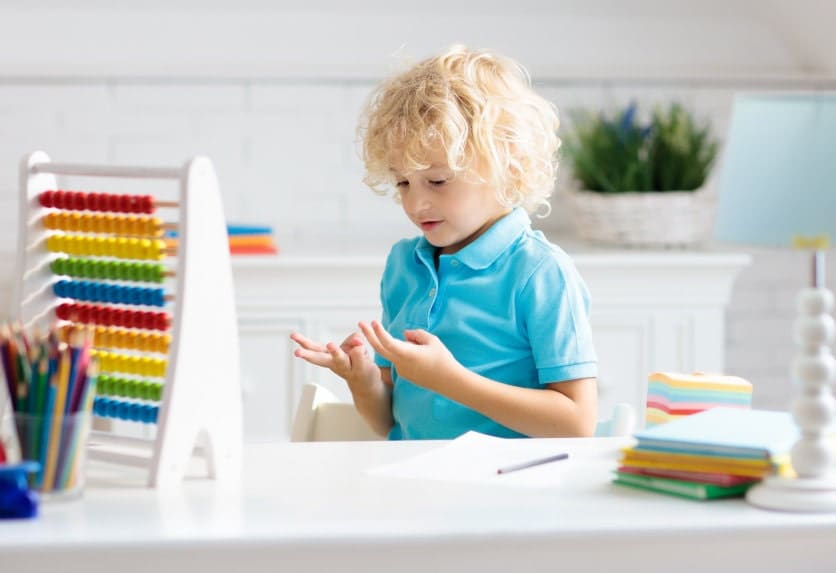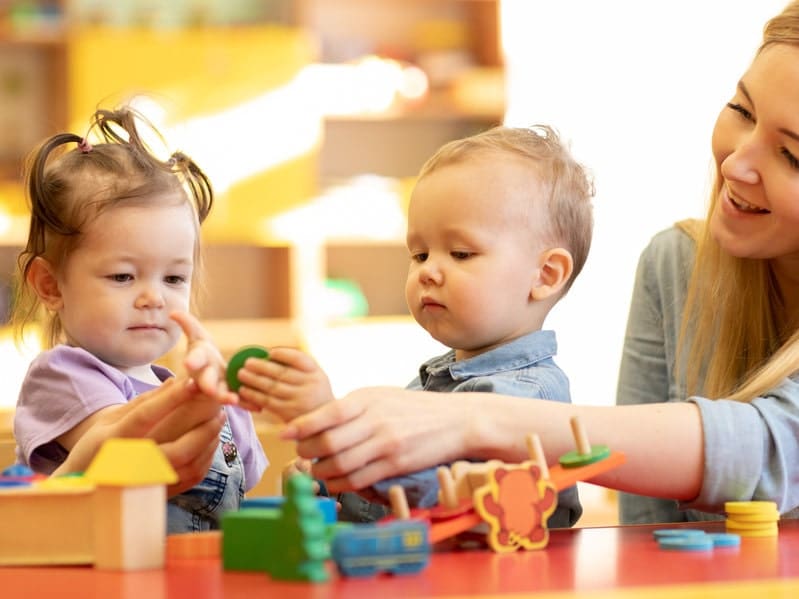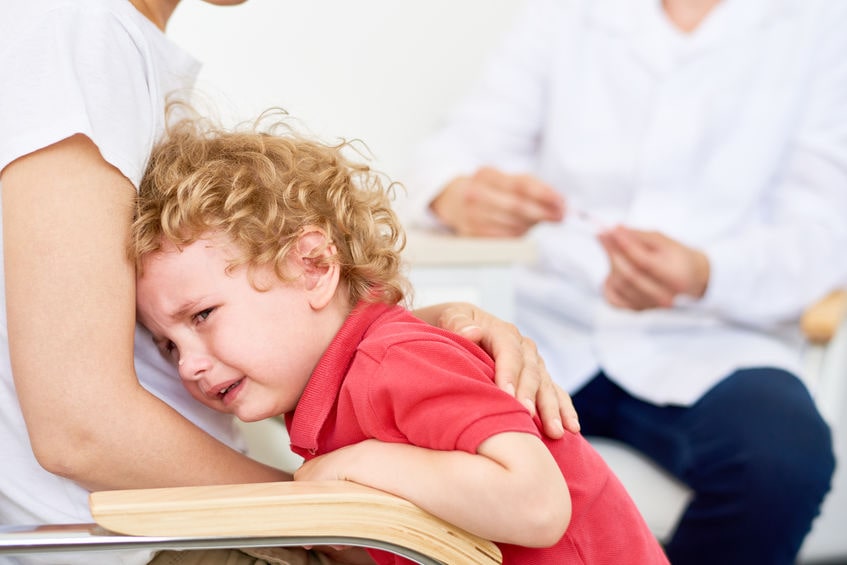No doubt parenting is hard, but it is especially hard while children are still young, discovering the world. Parenting a preschooler can both be rewarding and difficult. As your child enters this stage of life, parents are faced with new challenges. Children at this age will continue to push boundaries and test your patience as they gain independence and abilities. You are not alone if you find yourself in this situation.
Using some simple, effective parenting techniques and tools, you can help your child develop into a well-adjusted, happy person. Here are ten mistakes you can avoid with your preschooler:
Inconsistent rules and limits
It is essential to set clear expectations and boundaries for preschoolers. Children will have difficulty learning appropriate behaviors without rules. Be sure to set rules that are clear, consistent, and age-appropriate.
For example, you might have a rule that limits your child’s TV time each day. In this case, explain to children that watching too much TV can be bad for their eyes and overall health.
Yelling
Parenting also involves keeping calm, especially during difficult or heated moments (such as when your child is tantruming). Yelling and being angry will only escalate the problem. Your child is also likely to feel scared, frustrated, and confused.

Instead of raising your voice when your child is having a meltdown or misbehaving, try to use a calm and firm voice. By doing this, you’ll be able to communicate more effectively with your child without losing your cool. It may seem easier said than done, but it’s doable with a little bit of practice.
Giving into demands
Many parents tend to give in to their children’s every demand. This is a common parenting habit that can be difficult to break. However, if you want to raise a child who is respectful and responsible, you must learn how to say “no” once in a while.
Giving in to children’s demands all the time can cause them to learn that they can get away with anything without consequences. It can also lead to a sense of entitlement, which is not healthy for your child’s overall well-being.
Lack of adequate attention or interaction
When parents have busy schedules and hectic lives, it can be easy to let too much time go by without spending quality time with your child. It’s important to remember that no matter how busy you may be, your preschooler needs your attention and affection.
Take time to listen to your child. Ask little ones about their day. Carve out time to play with them, read together, and enjoy each other’s company. Create family traditions and devote time for fun and bonding. These small gestures can go a long way in strengthening your relationship with your preschooler.
Being too lenient
While it’s important to give your little one plenty of attention and love, we also want to avoid being too lenient with young children. If we don’t ensure that they adhere to expectations, they are likely to have trouble following rules and respecting boundaries.
Remember that it’s okay to be firm when disciplining your child. Just be sure that you’re consistent with rules, and use positive reinforcement when appropriate. This balance can help your child learn to behave appropriately without feeling controlled.
Being too strict
On the other hand, when parents are too strict, this can also be detrimental to their children’s development. If you tend to yell and scold your little ones frequently, they are likely to feel scared and resentful towards you.
It’s important to find a balance between leniency and being firm. Allow your child some freedom to make mistakes and learn from them. At the same time, set clear rules and expectations your child is expected to follow.
Not providing choices
Giving children choices is a great way to let them exercise their independence while still maintaining structure and expectations. When you give kids choices, you’re teaching them how to make decisions for themselves.
You might give preschoolers options to pick out which clothes they want to wear, which type of food they want to eat, or which activity they’d like to do. When kids can make their own decisions, it helps them feel empowered and appreciate that they’re not just following orders.
Parenting preschool-aged children effectively takes time, patience, and a lot of love. You can make the journey more enjoyable for both you and your child by avoiding these common parenting blunders.
At Children Central, we provide kids with themed, and age-appropriate activities each day that help toddlers learn about themselves, and discover how they fit into the world around them. Learn more about our toddler program by visiting our website.





 Mindful parents live in the moment. Parents must be conscious of where they are, and they must recognize their own thoughts and emotions. They must not judge the world and instead accept how the world is at that moment.
Mindful parents live in the moment. Parents must be conscious of where they are, and they must recognize their own thoughts and emotions. They must not judge the world and instead accept how the world is at that moment. 



